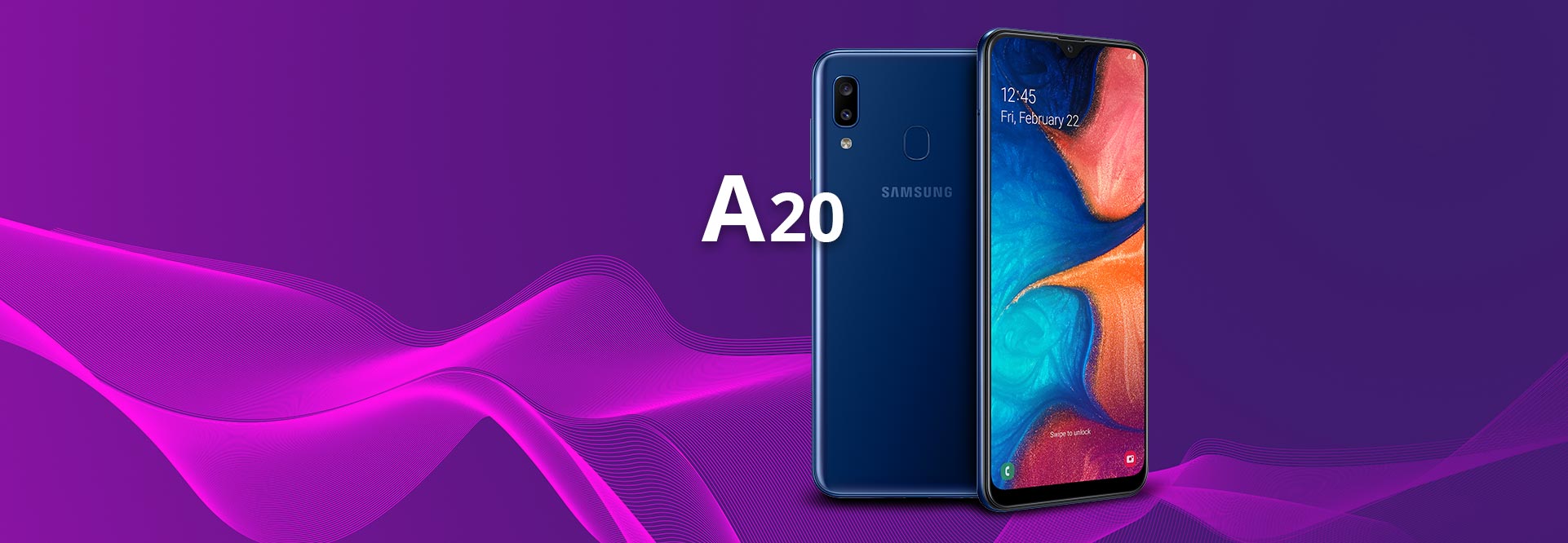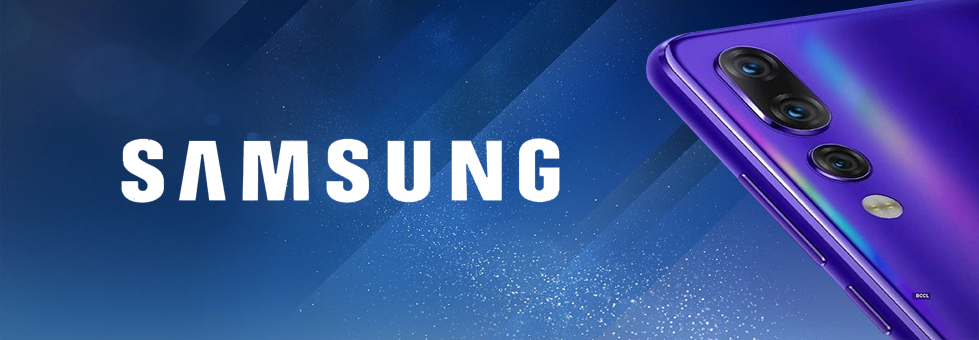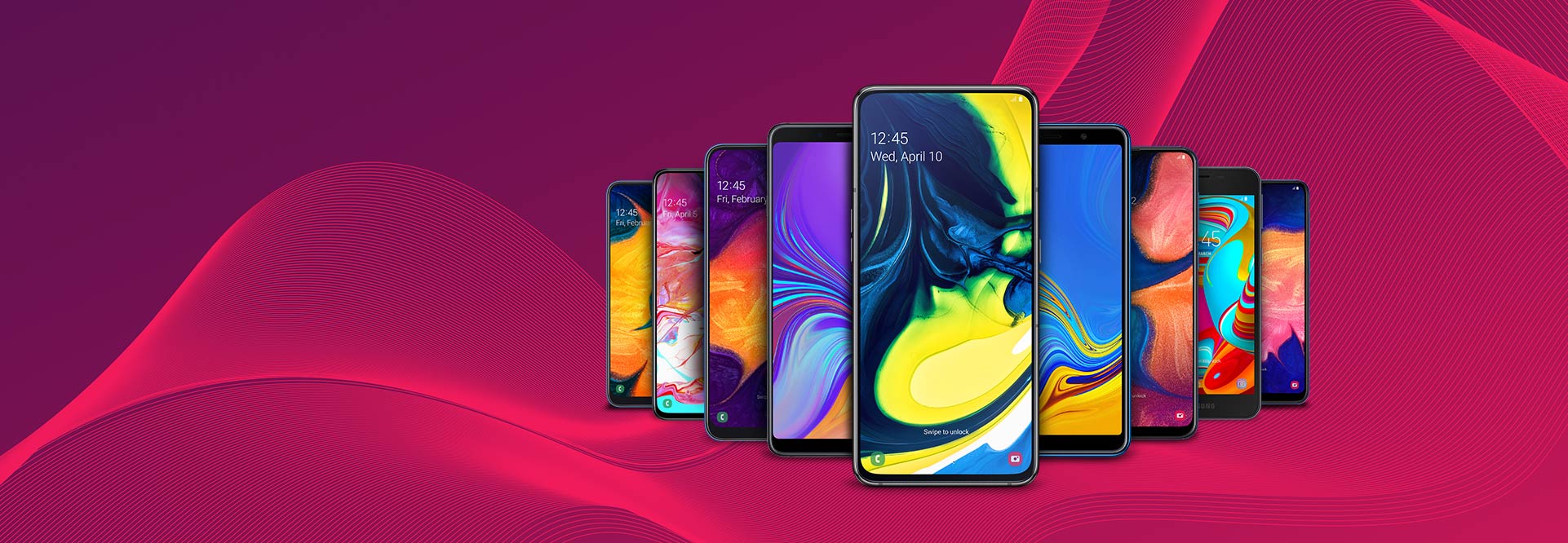Samsung Galaxy A20 Review
Staff Writer / 10-02-2020 / Reviews
Samsung’s new Galaxy A range has a smartphone for everyone. There are higher-end options like the A50, A70 and A80 for those who are willing to pay a little more for a few extra features, but if you are looking for a great mid-tier smartphone with premium build quality at a great price, the Samsung Galaxy A20 is the perfect fit.
View Our Samsung Galaxy A20 review here.
Under the Hood
The Galaxy A20 is powered by an Octa-Core processor running the latest Android 9.0. It has an internal storage capacity of 32GB, expandable up to 512GB with a MicroSD Card, which means you’ll never run out of space to store your pictures and videos.
Screen and Body
It has a large, crisp 6.4-inch Super AMOLED screen to bring you closer to the action. Samsung has given it the Infinity-V display, which is a larger screen with virtually no top and bottom bezels. Despite being a little heavier than its A10 counterpart at 169 grams, its slim 7.8 mm body will fit in your hand comfortably. The glossy plastic finish does give it a premium look, and it is available in Black, Deep Blue, Coral Orange or Red.
Battery
If you do a lot on your smartphone, you need a battery that lasts. The Galaxy A20 has a 4000 mAh battery, which will make sure you get through the day without running for a power outlet. It also features fast-charging, so you can juice up the phone in no time and get back to live streaming or chatting to your mates.
Camera
This will be the most exciting feature for those who love taking snaps wherever they go. The Galaxy A20 comes with a dual rear camera setup with a 13MP lens and a 5MP wide angle lens. This gives you the options of wide and ultra-wide shots, so you can fit more into your pictures. The front-facing selfie camera has been upgraded to 8MP, and with the selfie focus feature, your social media posts will definitely stand out from the rest.
Features
Besides all the awesome stuff crammed into the Galaxy A20, you also get facial recognition technology. Unlocking the phone simply means holding it up to your face. It also offers a nifty fingerprint authentication scanner at the back of the phone if you prefer that method.
Verdict
Hands down, the Samsung Galaxy A20 is fantastic value for money. It is an ambitious mid-tier phone that manages to squeeze a lot of great features and hardware into a low price point, offering consumers a lot of bang for their buck.
Compare our incredible Samsung Galaxy deals right here.








